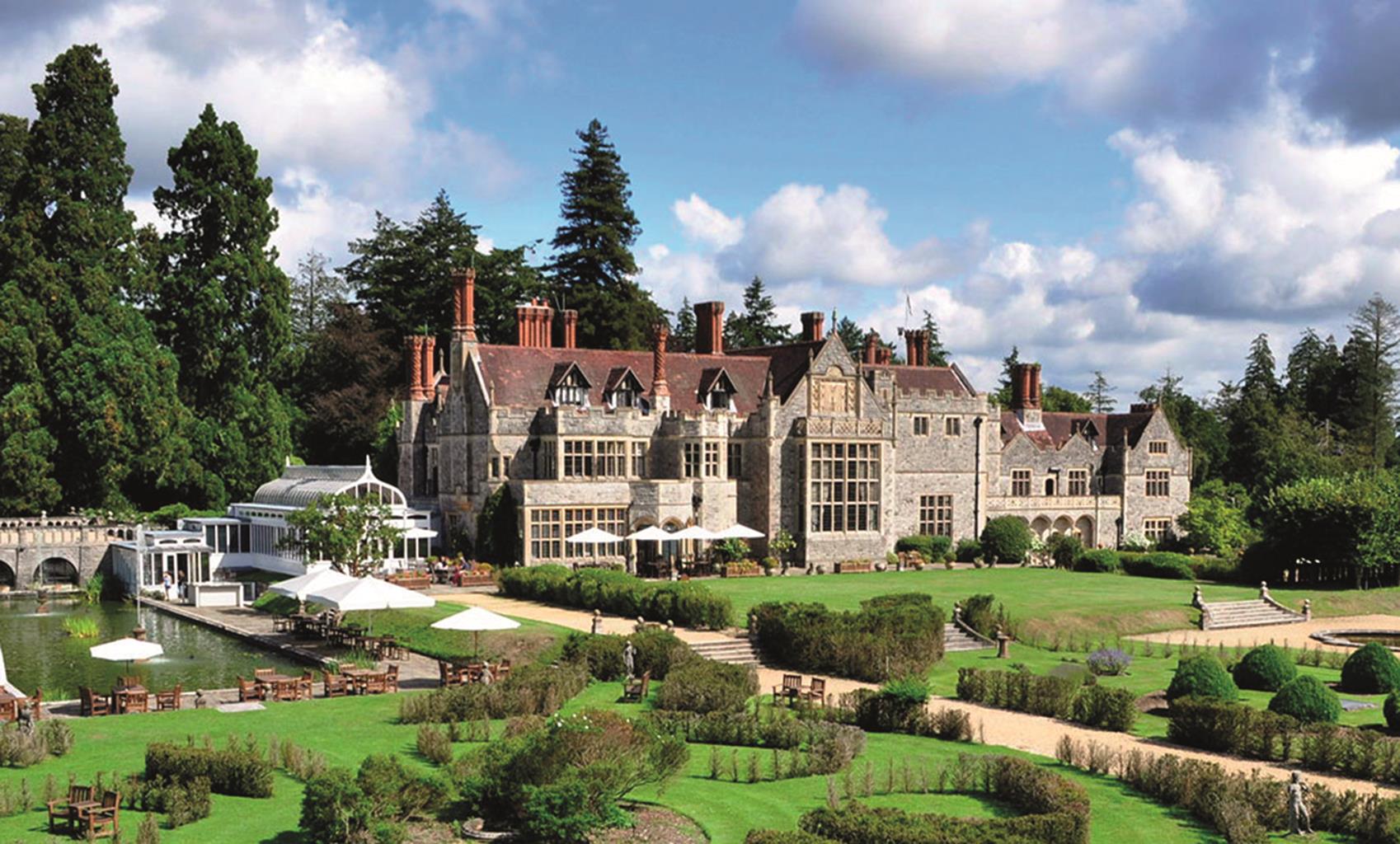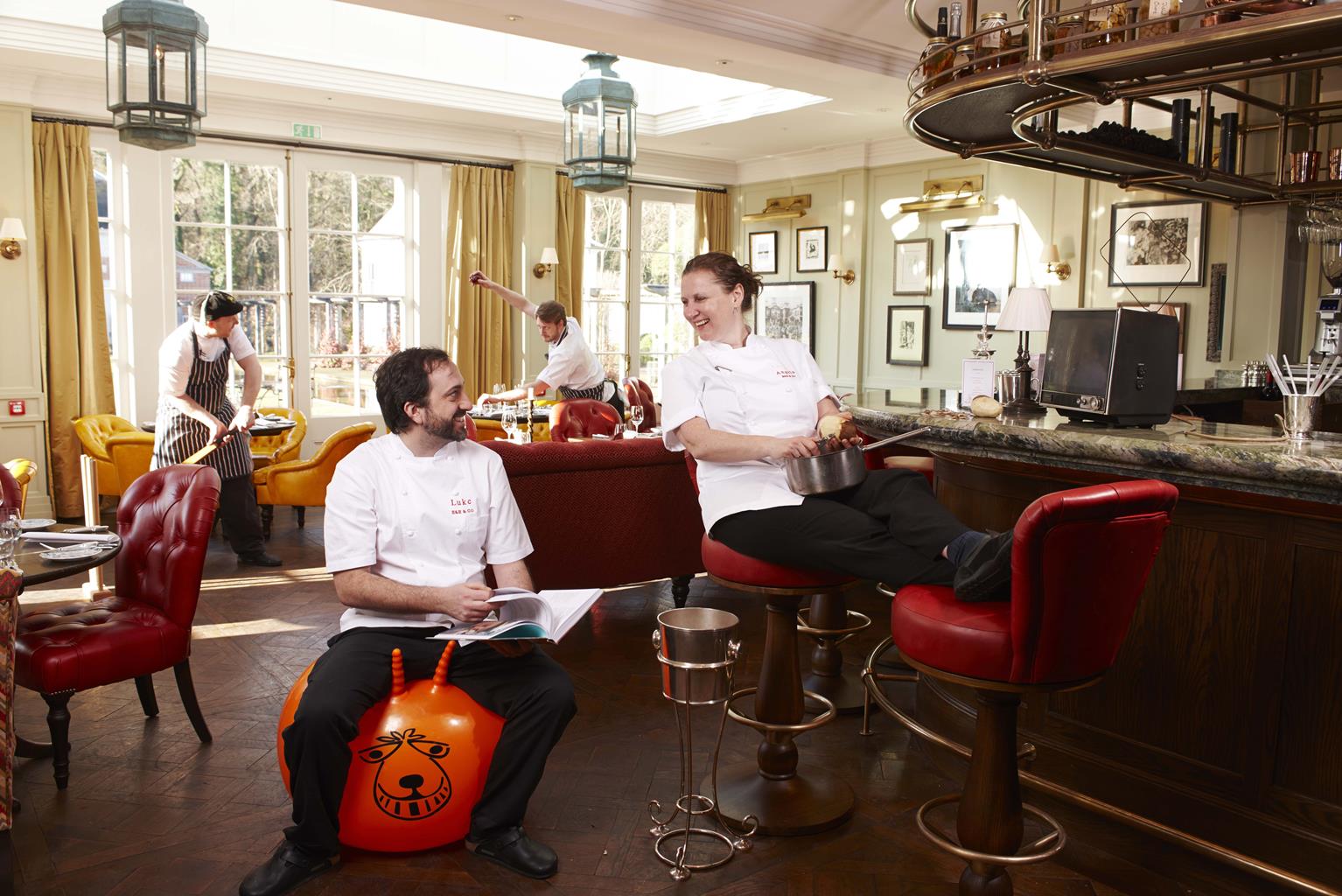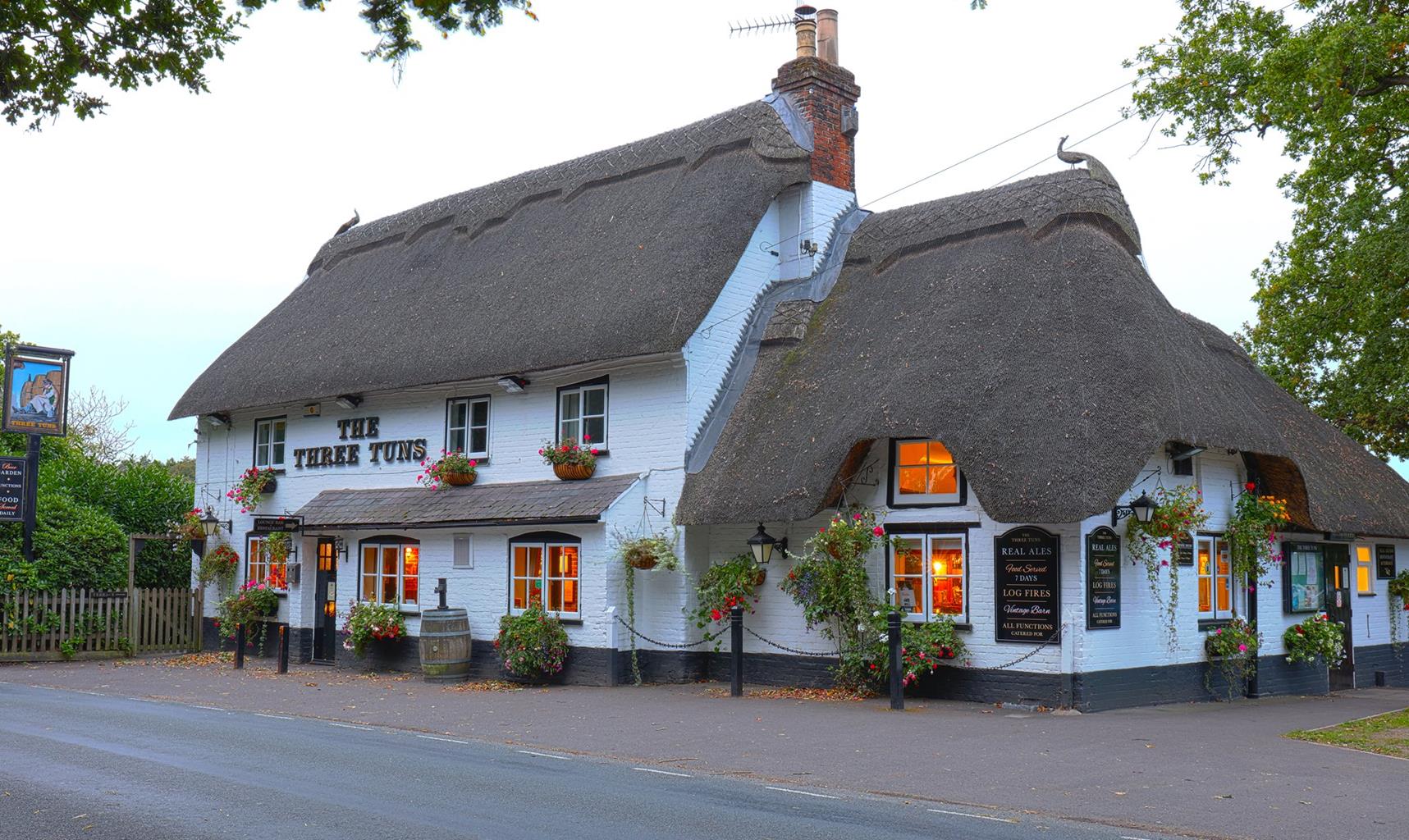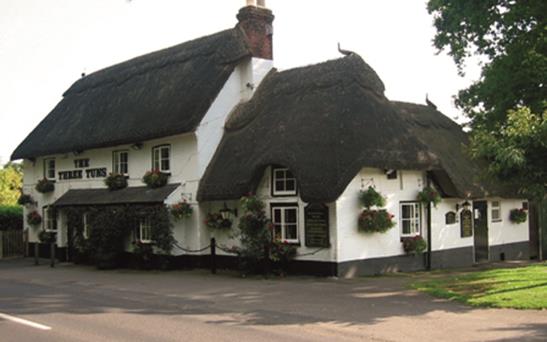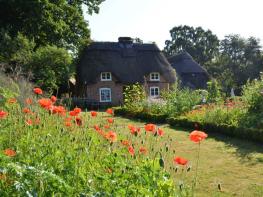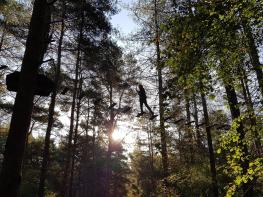In the delightful grounds of 18th-century East Mills Manor, situated between the historic…
Around Frogham

Experience a range of scenery as this short walk encircles Frogham village.
2 miles (3.2kms)
About the walk
When William the Conqueror established the New Forest in 1079 it was a royal hunting ground. Royal forests were ruthlessly governed by their own legal code and poaching or disturbing the deer was strictly forbidden. In addition, the locals could no longer fence or enclose their land and were not allowed to take timber or firewood from the forest. Penalties were severe and the new regime ended a way of life that had existed up until the Norman Conquest.
Not surprisingly, there was fierce opposition and eventually the King granted a number of concessions that were held jointly – or in common – by the peasants. More than 900 years later, those concessions form the basis of the ‘commoning’ system still practised by some 500 New Forest residents. Between them, the ‘commoners’ graze about 7,000 ponies, cattle and donkeys on the open forest and pigs are turned out in the autumn to forage for acorns and beech mast. This ancient system plays an important part in preserving the characteristic open heaths like those that you’ll see on this walk. Left ungrazed, these would quickly revert to scrub and woodland.
Growth of a village
In the 18th and 19th centuries small, scattered settlements like Frogham began to encroach on the edge of the commons. Although the village was first recorded early in the 14th century, it wasn’t large enough to support its own church until the Congregational chapel was built in 1883. Even then, Frogham was no more than ‘a collection of rough rude huts’ and the chapel doubled up as the village school. Look behind you as you cross the road near the start of the walk to see the little brick and slate building with its tall lancet windows and gabled porch.
Even after World War II, Frogham still had its bohemian side. The traveller and herbalist Juliette de Bairacli Levy wrote Wanderers in the New Forest while living with her children in a tiny cottage close to Abbots Well. Stories of the local gypsies dominate her book, which also describes some of the old commoners and contemporary farming practices, such as harvesting bracken, which have now died out.
Walk directions
Walk through to the upper car park and turn right, passing the pond on your right and following the faint path across the heath, roughly parallel with the village edge. The path matures into a gravel track as you pass the outlying cottages on your left; bear right and follow the track past houses on your right to reach the road just beyond Peter's House.
Dodge right and left across the road, continuing down the gravel track opposite for 180yds (165m) to a kissing gate. Turn right through the gate and walk through the paddock to the kissing gate by stables on the far side. Continue along the enclosed path to the kissing gate at the road.
Cross the road, nip over the stile and continue to a second stile. Turn left and follow the enclosed path as it winds past a stile on your left and bears right beside a wire fence. Follow the fence through light woodland until it bends left and drops to a kissing gate at the edge of the trees.
Turn right along the enclosed path by the wood, go through another kissing gate and bear left through the next paddock to a gate in the far left-hand corner. Turn right across the plank bridge just beyond the gate, cross the stile and continue through the light woodland to a stile and junction of paths.
Turn right and follow the path through a gate and up the track to Abbotswell Road. Keep ahead past the junction with Blissford Hill, then turn left through the gate labelled Chilly Hill onto the signposted bridleway. Follow this track as it climbs to a gate at Forest Heights.
Keep ahead briefly past the trees, then turn right across the heath and follow the gravel track downhill, walking roughly parallel with Abbotswell Road on your right. Jump across the tiny stream and take the clear path ahead, jumping a second stream before heading up the grassy slope to rejoin the road at the bend by the Abbots Well spring. Bear right and follow the road uphill to the car park.
Additional information
Open heath, village edge tracks and paths, 2 streams, several stiles
Wide open heaths and small woods surrounding village
Keep under close control on heath and on lead through horse paddocks
AA Walker's Map 3 New Forest
Abbots Well car park
None on route
WALKING IN SAFETY
Read our tips to look after yourself and the environment when following this walk.
Find out more
Also in the area
About the area
Discover Hampshire
Hampshire’s varied landscape of hills and heaths, downlands and forests, valleys and coast is without rival in southern England. Combine these varied landscapes and terrains with secluded and idyllic villages, complete with thatched and timber-framed cottages and Norman churches, elegant Georgian market towns, historic ports and cities, restored canals and ancient abbeys, forts and castles, and you have a county that is paradise for lovers of the great outdoors.
If you’re a walker, stride out across the high, rolling, chalk downland of the north Hampshire ‘highlands’ with far-reaching views, walk through steep, beech-clad ‘hangers’ close to the Sussex border. Or perhaps take a gentler stroll and meander along peaceful paths through unspoilt river valleys, etched by the sparkling trout streams of the Test, Itchen, Avon and Meon. Alternatively, wander across lonely salt marshes and beside fascinating coastal inlets or, perhaps, explore the beautiful medieval forest and heathland of the New Forest, the jewel in Hampshire’s crown.
Nearby stays
Restaurants and Pubs
Nearby experiences
Recommended things to do
Why choose Rated Trips?
Your trusted guide to rated places across the UK
The best coverage
Discover more than 15,000 professionally rated places to stay, eat and visit from across the UK and Ireland.
Quality assured
Choose a place to stay safe in the knowledge that it has been expertly assessed by trained assessors.
Plan your next trip
Search by location or the type of place you're visiting to find your next ideal holiday experience.
Travel inspiration
Read our articles, city guides and recommended things to do for inspiration. We're here to help you explore the UK.

